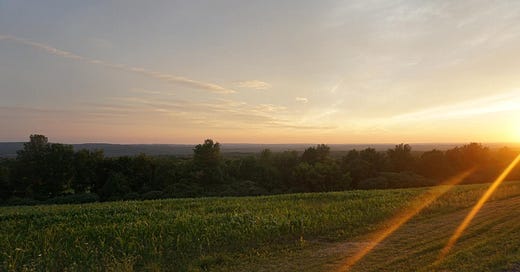Bursting the Small Town Bubble
It's not easy growing up and believing you were raised in a big town
Before you read, I need you to take this 30 second, one question survey. It is the same one from my last post, but I foolishly linked the survey at the end of my screed instead of at the beginning, limiting the number of responses I received. To motivate answers, I will choose a random survey respondent and mail them a mystery IBT sticker, free of charge. If you already submitted a reply, no need to fill the form out again. Thanks!
Keep reading with a 7-day free trial
Subscribe to I've Ben Thinking to keep reading this post and get 7 days of free access to the full post archives.




